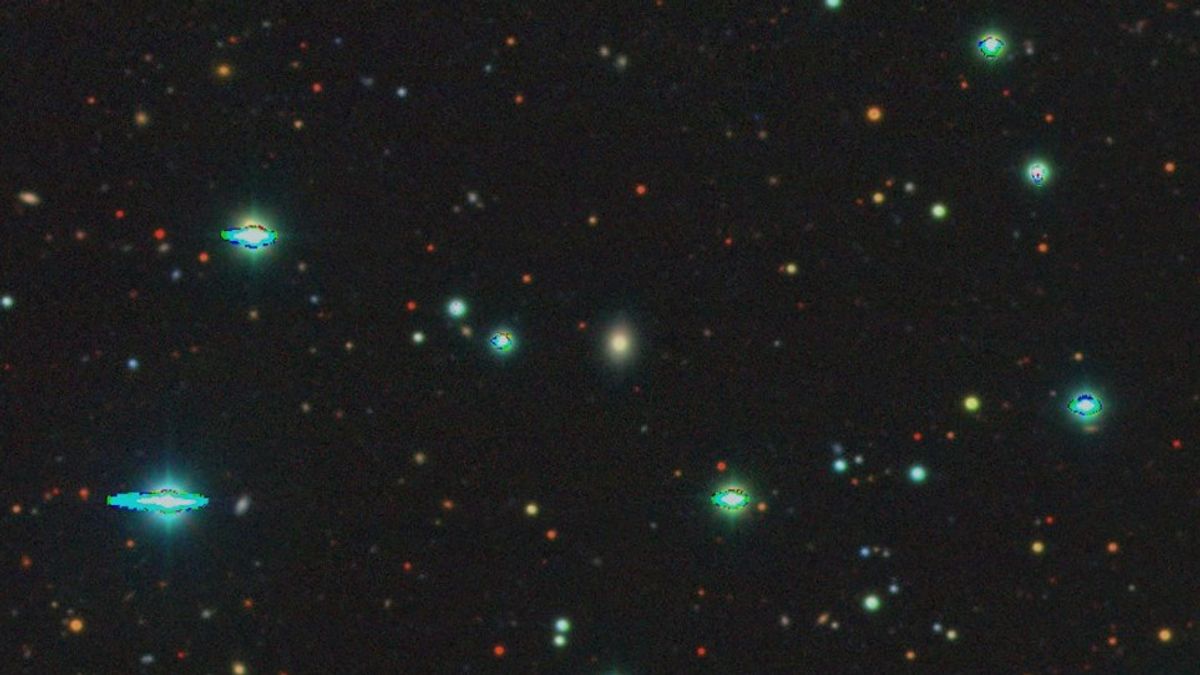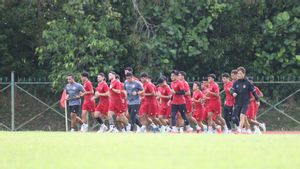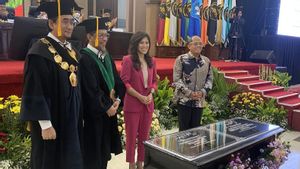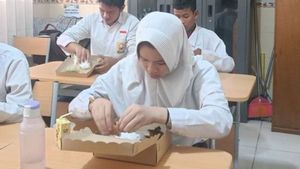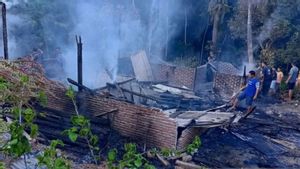JAKARTA An international team of scientists succeeded in developing a Bright Transient Survey Bot (BTSbot) to study supernovae, the phenomenon of explosions due to stellar deaths in galaxies.
BTSbots are made with Artificial Intelligence (AI) so they can search, detect, confirm, and classify supernovae discoveries without human assistance.
This AI-based tool is made with more than 1.4 million images from nearly 16,000 sources so that the engine algorithm can be trained. Northwestern University itself says that BTSbot can eliminate human error and significantly increase access speed.
According to Northwestern University Astronomist Adam Miller, getting rid of humans on supernova observations is the right choice. He said, Eliminating humans from this circle will give the research team more time to analyze their observations.
Meanwhile, BTSbot's already quite sophisticated capabilities can help researchers understand the life cycle of stars and the arrival of elements that create supernovae.
SEE ALSO:
Supernova often encounters obstacles in its observations because it is not easy to recognize. Therefore, the creation of BTSbot is the right solution. With the presence of BTSbot, astronomers no longer need to do traditional ways by checking data from the telescope.
So far, BTSbot has successfully detected a new supernova named SN2023tyk in the findings of the Zwicky Transient Facility (ZTF), a robotic camera that scans the sky systematically.
So far, astronomers have spent more than 2,000 hours just checking the findings of robots visually. However, these constraints have been reduced since BTSbot helped them in confirming the findings.
The English, Chinese, Japanese, Arabic, and French versions are automatically generated by the AI. So there may still be inaccuracies in translating, please always see Indonesian as our main language. (system supported by DigitalSiber.id)
